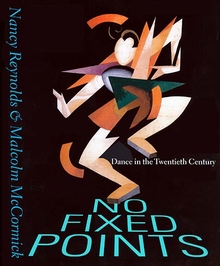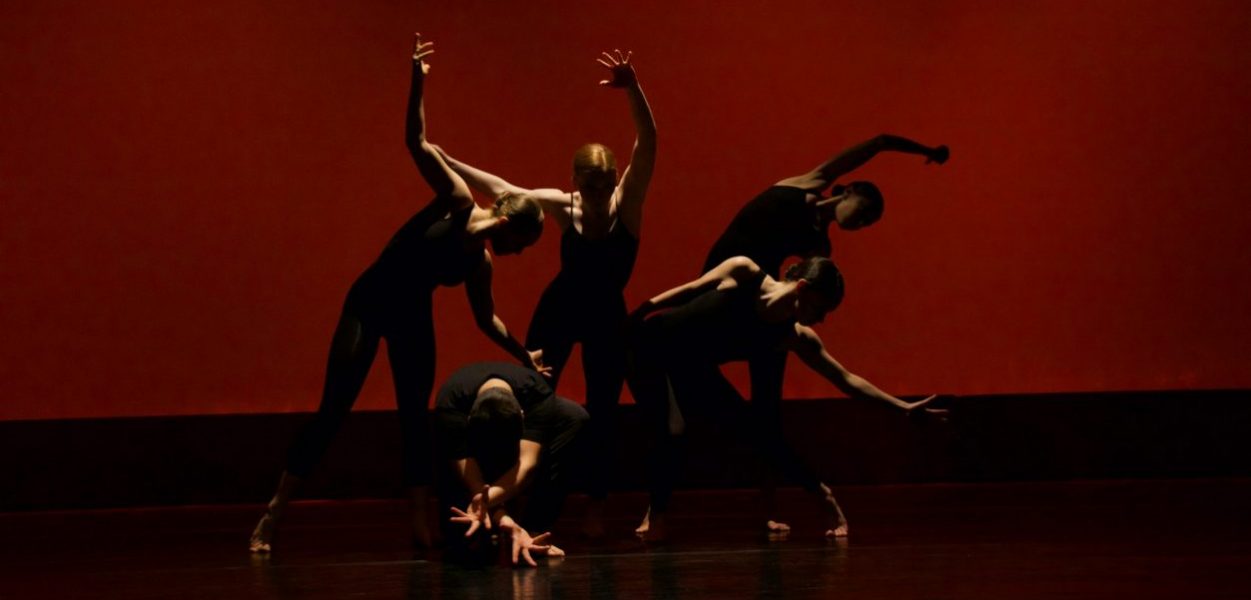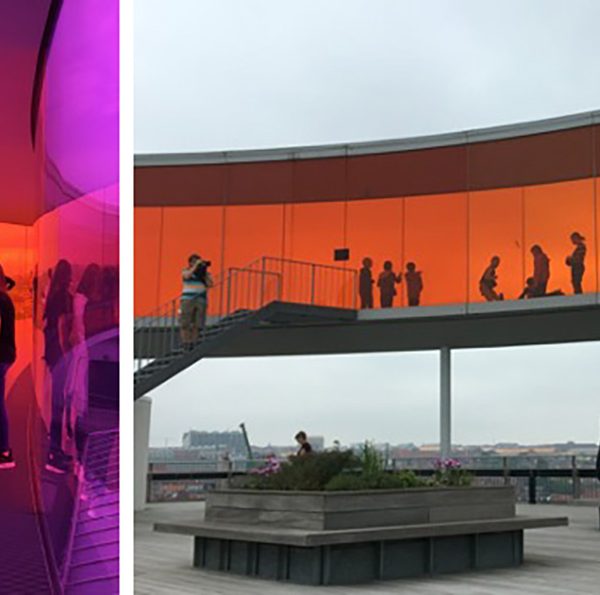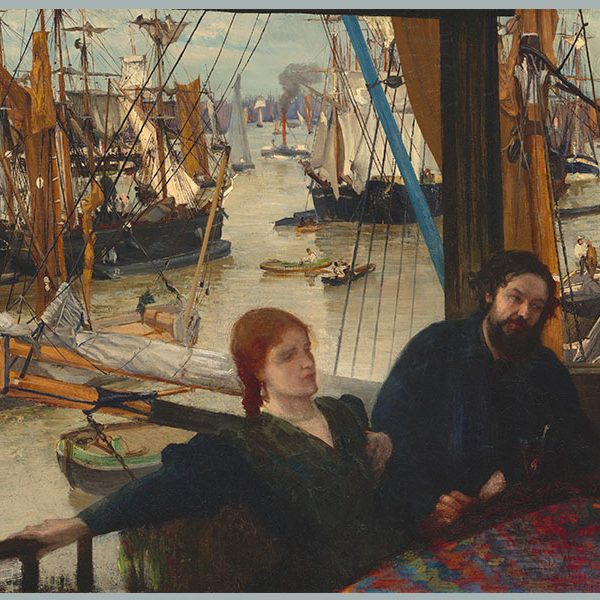No Fixed Points
Nancy Reynolds and Malcolm McCormick—
The twentieth century was an era of revolutionary changes occurring with explosive rapidity. In the political arena, we saw two world wars, “ten days that shook the world,” and the spread of democracy as monarchies fell; thanks to science we have nuclear energy and global communication; in economics, capitalism has ultimately prevailed. In a rupture with the past, the arts embraced the fracturing of word, image, and sound in an effort to create a new and more prescient reality. Whether the period was more radical and tumultuous in introducing change than any other time in history is for others to decide, but whether in the dance it ushered in more radical ways and means than ever before is not in question. Perhaps this was in response to an altered world, which provided a new sounding board for the content of a tradition—theatrical dancing—that had its roots in a very different social order, based on now-outmoded systems of belief. The experimentalists pursued vastly different visions, with vastly different notions of what dance was to be and how to express it. The modernists developed separate languages, while traditionalists reemerged in new guises, as artistic dance became a locus of contrasts, contention, and cross-pollination. The field was open for inquiry. Polar opposites—formalism and expressionism, narrative and plotless dance, convention and innovation—existed side by side. There was also a persistent avant-garde to goad and to cajole. In the meantime, bedrock references disappeared. That the several modes of exploration at first heatedly diverged and in the end largely came together is one of the great stories of dance’s recent history.
Intellectually as well, dance entered a new era. In earlier times, charged with entertaining, dance also served political and social ends; while these were not neglected later, in the twentieth century the examination turned inward, as dancemakers probed the nature of the art itself, probed its materials, and probed its instrument, the body. Dance became a purveyor of information about these discoveries. The skeletal structure was laid bare—the means became the subject.
Rescued from the populism of vaudeville and the elitism of the tsar’s theater, theatrical dance entered the mainstream to become a diversion of the all-encompassing middle class. Dance performances multiplied; audiences grew with them. Although activity peaked and retreated to some degree before the century was over, one could justly speak of a dance explosion. In perhaps no other area of the fine arts—music, theater, literature, poetry, all long-established—was the increase in public awareness so marked.
Before the twentieth century, dance, the ephemeral art, left few traces. Its knowable past was severely limited. But with the proliferation of scholarship, criticism, and numerous methods of recording, future enthusiasts can, if they wish, learn more about dance in the twentieth century than that of any other period. In the past hundred years, dance has emerged both as an independent art to be reckoned with and a new humanistic discipline.
From No Fixed Points by Nancy Reynolds and Malcolm McCormick. Published by Yale University Press in 2021. Reproduced with permission.
Nancy Reynolds is director of research for the George Balanchine Foundation and a former member of the New York City Ballet. She is the author of Repertory in Review, among other books, and was the winner of the 2013 Bessie Award for Outstanding Service to the Field of Dance. Malcolm McCormick was a professional dancer and costume designer and a member of the dance faculty at the University of California, Los Angeles.



























